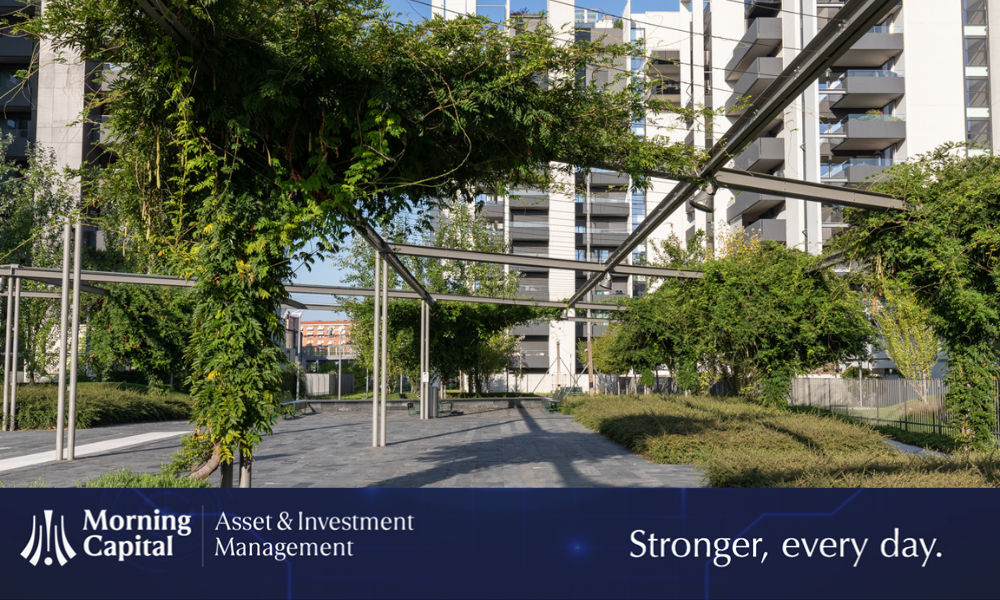Who Remembers the 15-Minute City?
A few years ago, the concept of the 15-minute city captured media attention with its revolutionary approach to sustainable urban planning. Despite the reduced media interest, the importance and relevance of this model have not diminished.
Introduction to the Concept of the 15-Minute City
The 15-minute city is an urban model proposed by Professor Carlos Moreno, a Franco-Colombian urban planner teaching at the Sorbonne in Paris. It aims to reconfigure metropolises so that every citizen can reach essential services such as work, school, shopping, and leisure within a quarter of an hour on foot or by bicycle. The idea, first formulated in 2016, seeks to reduce reliance on automobiles, promote environmental sustainability, and improve urban life quality.
Basic Principles of the Quarter-Hour City
According to this vision, an ideal city should be organized around six essential urban social functions: - living, - working, - provisioning, - health care, - learning, - enjoying leisure and culture.
These social functions are identified to ensure that all daily needs are met within a short distance from residents' homes, thus promoting better life quality and greater urban sustainability.
Practical Examples and Global Spread
From Paris to Melbourne, several global cities have begun to explore and implement the 15-minute city model, expanding infrastructure for pedestrians and cyclists and promoting greater residential density near service centers. Italian cities like Milan and Rome are adopting similar strategies to transform the urban environment in line with this idea.
Critiques and Challenges for the Quarter-Hour Cities
Despite the enthusiasm of many urban planners and local administrators, the 15-minute city concept is not without criticism. Some argue that this model could limit freedom of movement and increase governmental control under the guise of sustainability initiatives. Transforming existing urban infrastructures into more compact and accessible spaces represents a significant challenge, especially in cities with rich historical heritages and already established urban plans.
Our Reflections
It is clear that the 15-minute city represents not only a response to environmental and mobility needs but also a fundamental cultural and social change toward a more cohesive and responsible community. While the media buzz has generated enthusiasm, a recurring critique of this city model concerns its feasibility. Many of the existing cities were built on urban models that make such a radical transformation difficult. Moreover, the density and extension of necessary services can vary significantly based on the geographical and cultural specificity of each city. To practically realize such a city model, not only a physical restructuring of cities is required but also a change in mobility policies and land use.
Thus, if on one hand, the 15-minute city proposes an ideal urban model to meet sustainability and urban life quality needs, on the other, its practical implementation requires a formidable series of infrastructure adaptations and a strong political will to modify the current urban fabric. The main challenge will be to harmonize economic development needs with those of sustainable planning. The crucial issue involves the need to completely rethink spaces, uses, functions, and urban planning. This requires a significant effort to overcome existing bureaucratic, cultural, and infrastructural barriers. Although the goal of a completely accessible city within a few kilometers may seem idealistic, it is evident that the direction many cities are taking already aims to tangibly improve urban life, making it more sustainable and integrated.
Article by Claudio Monteverdi, Institutional Communication Manager.





